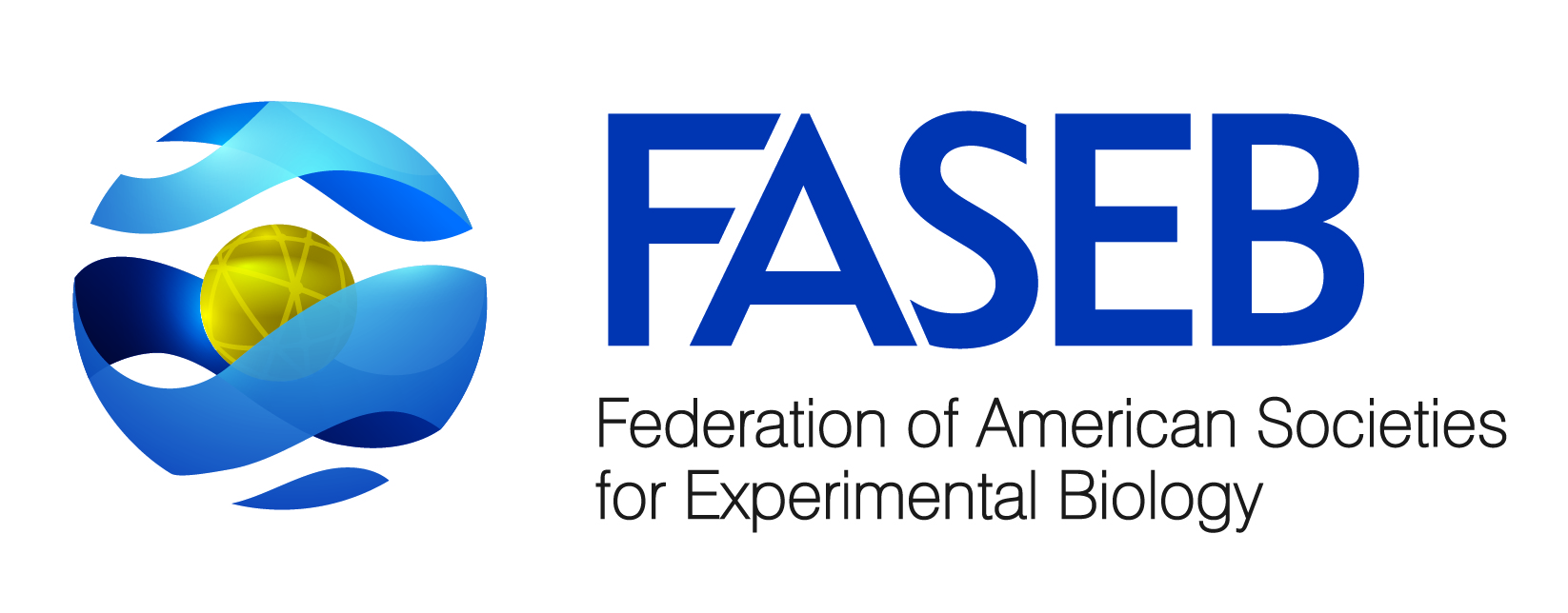Newswise — SAN DIEGO (April 28, 2014) – We spend our lives covered head-to-toe in a thin veneer of bacteria. But despite a growing appreciation for the valuable roles our resident microbes play in the digestive tract, little is known about the bacteria that reside in and on our skin. A new study suggests the interplay between our cells and these skin-dwelling microbes could influence how wounds heal.
“This study gives us a much better understanding of the types of bacterial species that are found in skin wounds, how our cells might respond to the bacteria and how that interaction can affect healing,” said Matthew Hardman, Ph.D., a senior research fellow at The University of Manchester Healing Foundation Centre who led the project. “It’s our hope that these insights could help lead to better treatments to promote wound healing that are based on sound biology.”
Chronic wounds—cuts or lesions that just never seem to heal—are a significant health problem, particularly among elderly people. An estimated 1 in 20 elderly people live with a chronic wound, which often results from diabetes, poor blood circulation or being confined to bed or a wheelchair.
“These wounds can literally persist for years, and we simply have no good treatments to help a chronic wound heal,” said Hardman, who added that doctors currently have no reliable way to tell whether a wound will heal or persist. “There’s a definite need for better ways to both predict how a wound is going to heal and develop new treatments to promote healing.”
The trillions of bacteria that live on and in our bodies have attracted a great deal of scientific interest in recent years. Findings from studies of microbes in the gut have made it clear that although some bacteria cause disease, many other bacteria are highly beneficial for our health.
In their recent study, Hardman and his colleagues compared the skin bacteria from people with chronic wounds that did or did not heal. The results showed markedly different bacterial communities, suggesting there may be a bacterial “signature” of a wound that refuses to heal.
“Our data clearly support the idea that one could swab a wound, profile the bacteria that are there and then be able to tell whether the wound is likely to heal quickly or persist, which could impact treatment decisions,” said Hardman.
The team also conducted a series of studies in mice to shed light on the reasons why some wounds heal while others do not. They found that mice lacking a single gene had a different array of skin microbiota—including more harmful bacteria—and healed much more slowly than mice with a normal copy of the gene.
The gene, which has been linked to Chrohn’s disease, is known to help cells recognize and respond to bacteria. Hardman said the findings suggest that genetic factors influence the makeup of bacteria on a person’s skin, which in turn influences how they heal.
“Presumably, the mice’s defect in the ability to identify bacteria means that they aren’t able to mount the right type of response,” said Hardman. “Taken together, our studies in humans and mice offer good evidence that the skin microbiome has a direct effect on how we heal.”
Much of the current research on chronic wounds focuses on improving antibiotic dressings to prevent infection. Hardman says further insights into the roles of skin bacteria could help inform new treatment approaches that protect against harmful bacteria without eliminating bacterial communities that may play a beneficial role.
Matthew Hardman will present the findings during the Experimental Biology 2014 meeting on Monday, April 28 from 3:00 – 3:30 p.m. at the Inflammation: At the Crossroads of Regeneration and Repair symposium in Room 7B, San Diego Convention Center.
The study was supported by the Medical Research Council and the Healing Foundation.###
About Experimental Biology 2014Experimental Biology is an annual meeting comprised of more than 14,000 scientists and exhibitors from six sponsoring societies and multiple guest societies. With a mission to share the newest scientific concepts and research findings shaping clinical advances, the meeting offers an unparalleled opportunity for exchange among scientists from across the United States and the world who represent dozens of scientific areas, from laboratory to translational to clinical research. www.experimentalbiology.org
About the American Association of Anatomists (AAA)AAA is the professional home for an international community of biomedical researchers and educators focusing on anatomical form and function. Founded in 1888, the society advances the three-dimensional understanding of structure as it relates to development and function, from molecule to organism. www.anatomy.org
###
